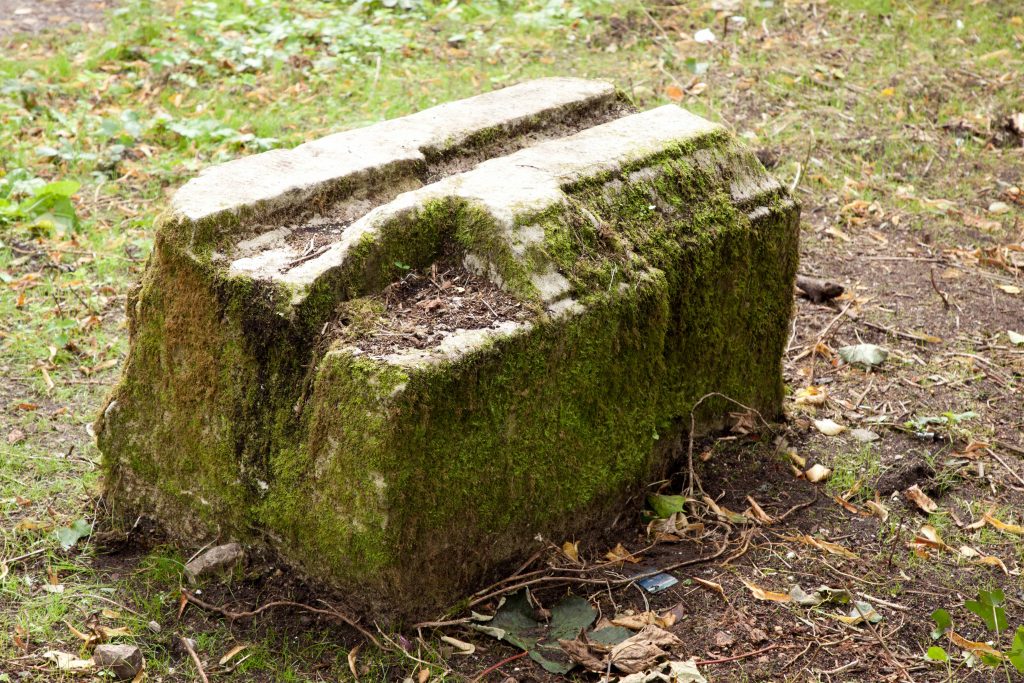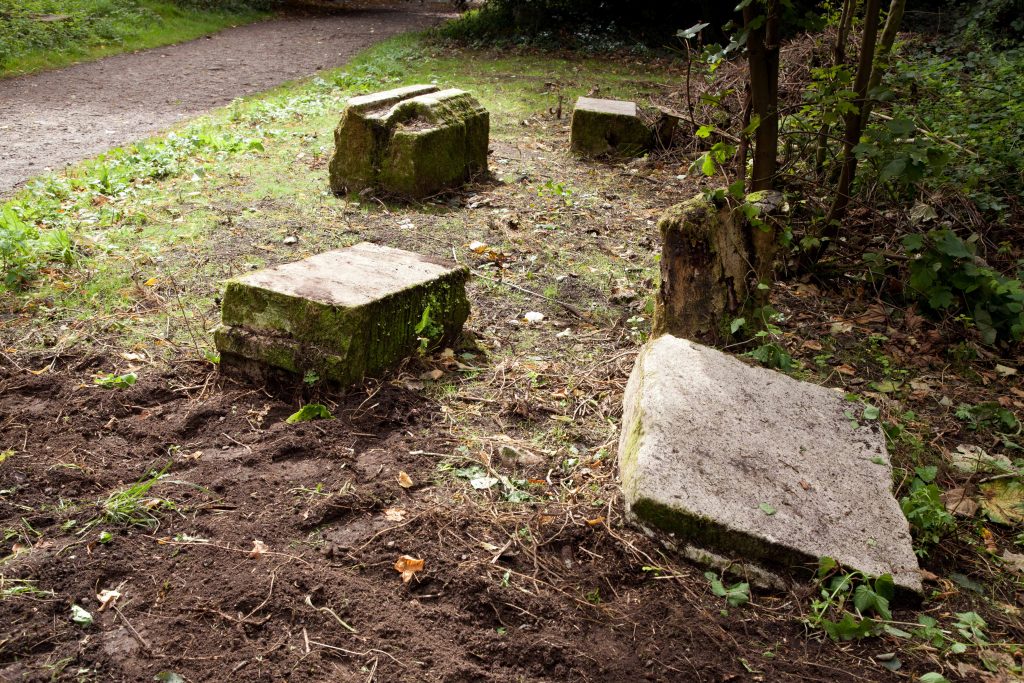
A frequent query we receive asks what are the big stones littered along the Lime Avenue and the Circle? Following our recent clearance along parts of the avenue some of these blocks have become far more prominent, and October’s Big Bulb Plant will need to take place amongst them. The blocks are huge, massive lumps of white stone that are so large they have managed to remain largely unmolested for, as far as we can tell, their entire time at Kings Weston.
Their story is unusual, and unanswered questions remain about them, but what we do know is that they are the original parapet stones of the Georgian Bristol Bridge. The once-famous medieval bridge across the Avon was replaced by a smart new one that opened in 1768. Designed by the appropriately named architect James Bridges it followed similar designs for Blackfriars Bridge being built across the Thames at the same time, and shared the same high quality Portland stone quarried from the Isle of Purbeck.
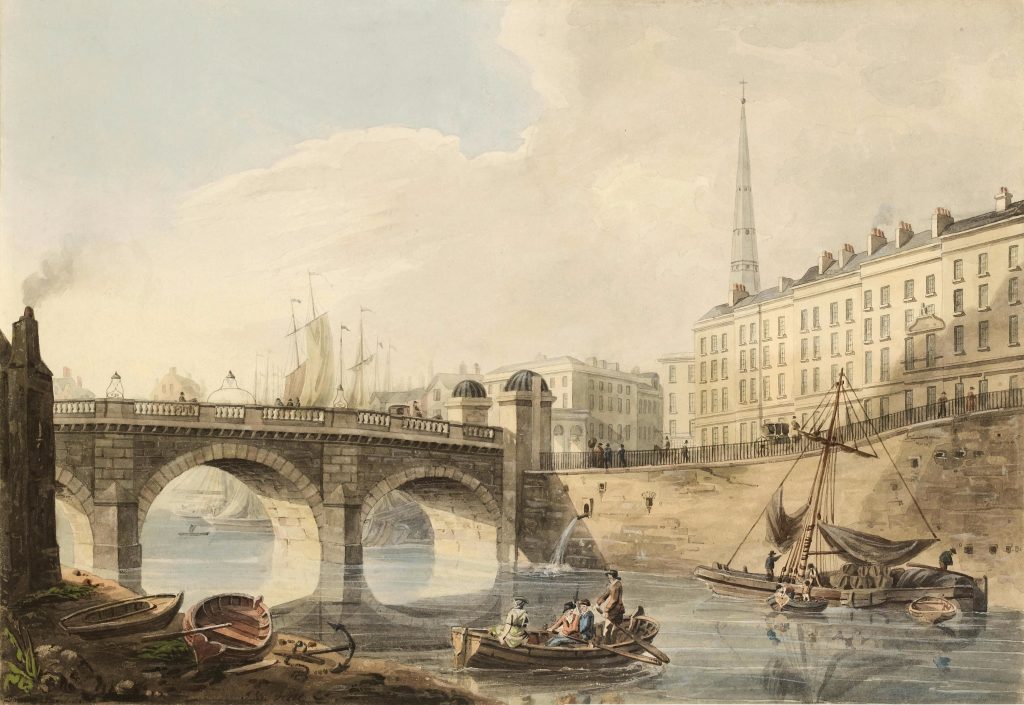
The bridge served Bristol well for just short of a century, but an increase in traffic during the Nineteenth Century required the old bridge to be modified and widened. The old parapets and balustrade were dismantled in 1864 and, for some reason, caught the eye of Philip William Skinner Miles of Kings Weston House. Members of the Miles family were senior partners in a bank on Corn Street, not far from the crossing, so the work may have caught his attention and some plan come to his mind for how to recycle the stonework on his estate.
The stonework was duly dismantled and carefully transported to Kings Weston, where it appears to have been laid out along the length of the Lime Avenue and around the Circle. Miles’s acquisition is recorded in a drawing of the old bridge in Bristol Record Office with a pencil note explaining when it was moved, but, sadly, no explanation at all for what was planned for it.
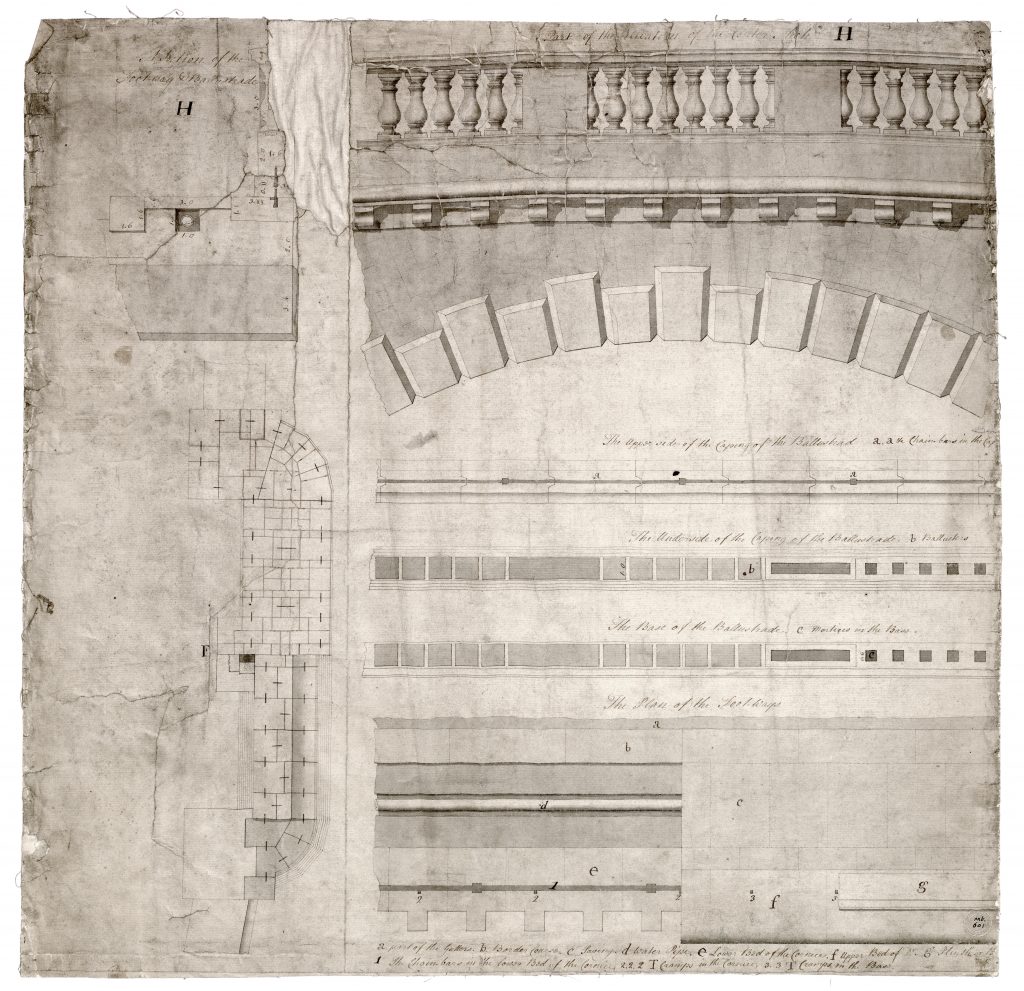
Many of the stones in the parkland today are still identifiable, with mouldings, and features recognisable from James Bridges original drawings. Some are from the base course of the balustrade, some the piers, and others the copings. Some retain the square mortice holes into which the decorative balusters would have fitted, and others have a carved channels and sockets where wrought iron chain bars were intended to strengthen the structure.
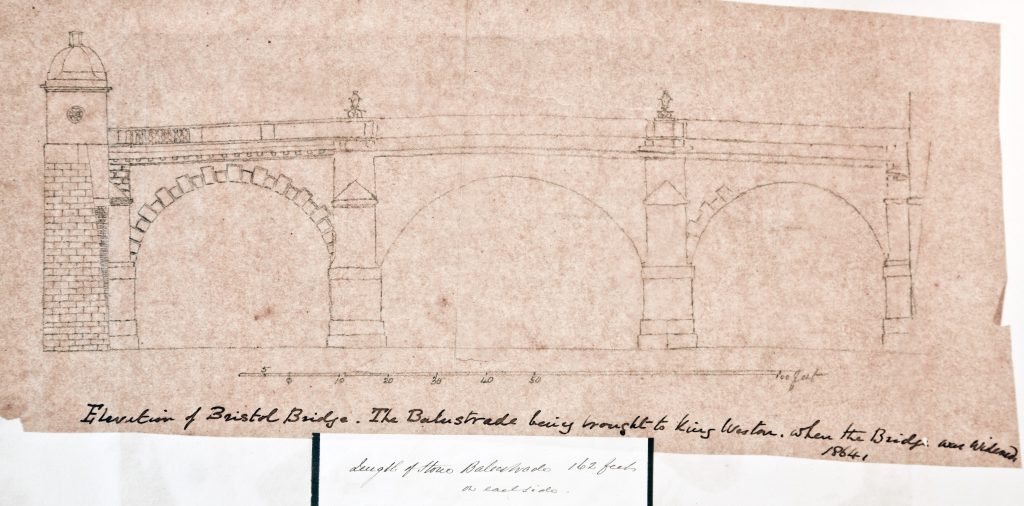
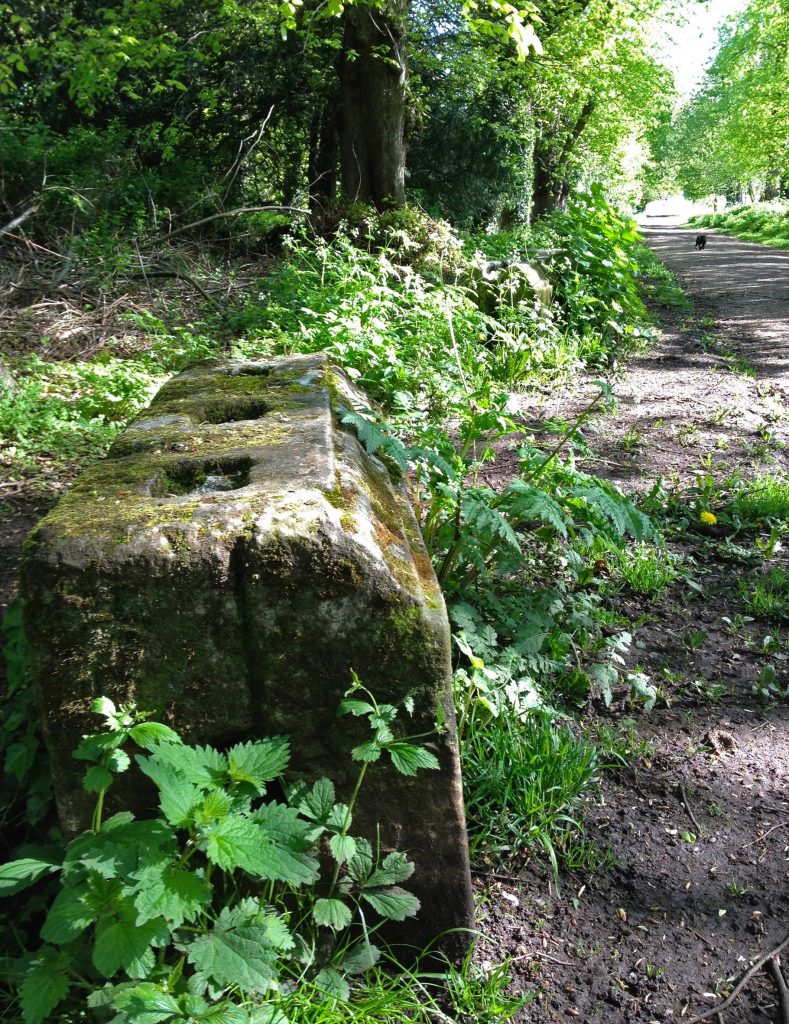
The next mention of the stones doesn’t come for another century, in January 1946, after the last of the Miles family had died, and when a notice is posted in the Western Daily Press advertising “Sundial or birdbath pedestals of historic interest. Limited number of stone balusters from parapet of old Bristol Bridge. £3 3s each – apply foreman, Kingsweston Estate yard, Kingsweston”. The advert must have piqued the interest of a journalist at the paper as, six days later, a short article appeared saying that a phone message had been received from Kings Weston house stating that all of the ornamental carved balusters had since been sold, “The balusters, by the by, came to light when a workman on the Kingsweston Estate was digging for a new place for his runner beans. How thy came to be buried no one can say”. None survives in the former estate yard behind the old stables on Napier Miles Road.
Sadly the balusters and the balustrade will never now be reunited, and only the most immovable masonry survives on the estate as a constant curiosity. Perhaps there’s some local garden still adorned by an errant balustrade stone propping up a birdbath?
